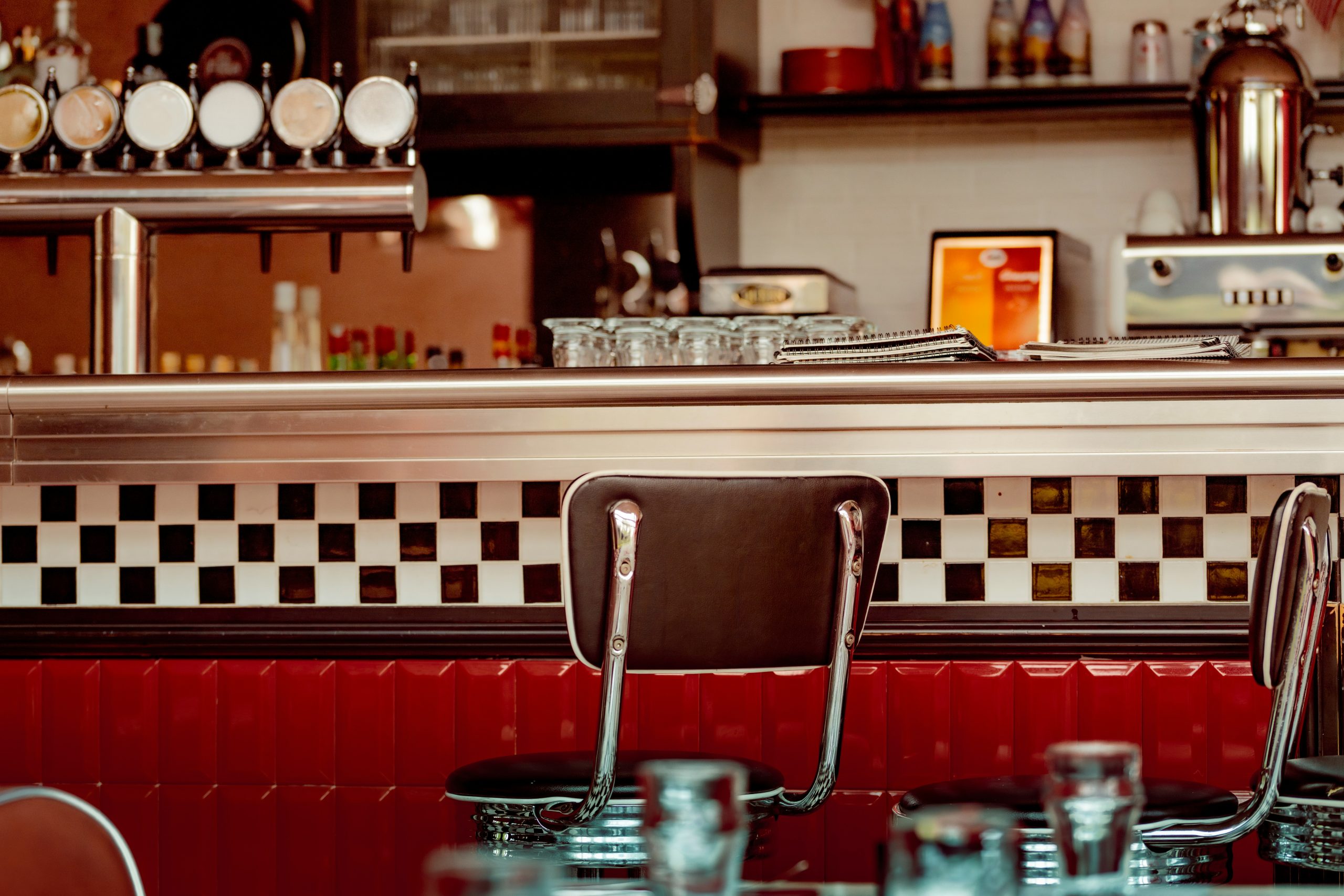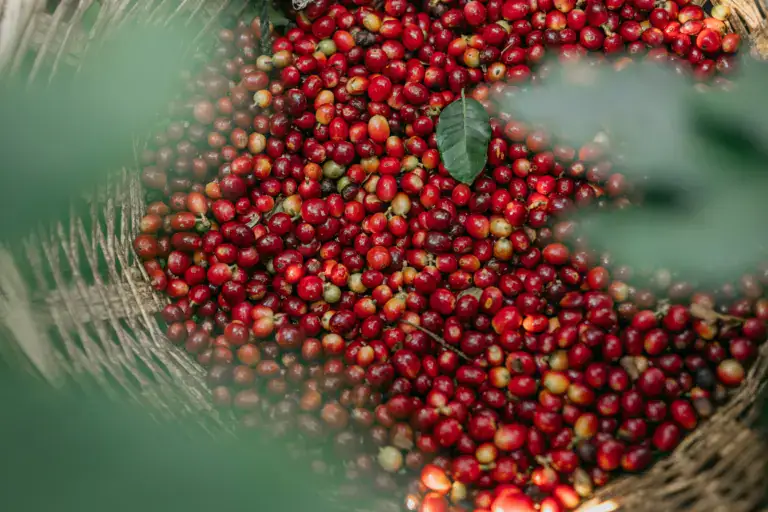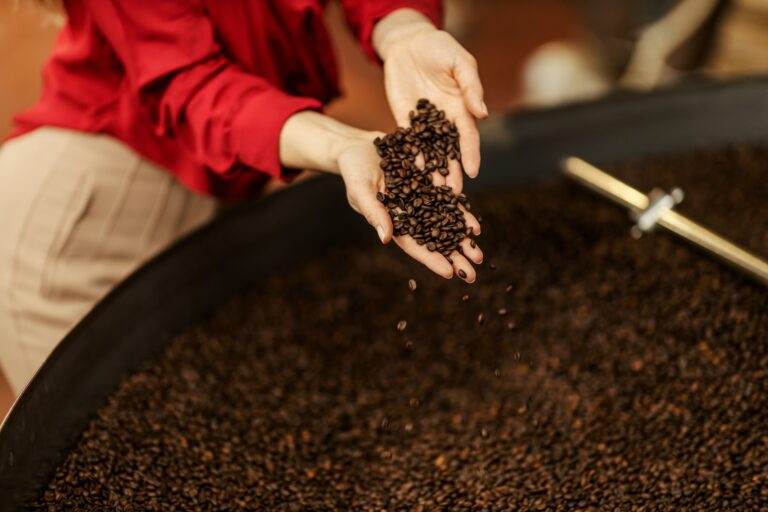Free Shipping on all U.S. orders $50+
The Retro Coffee Vibe is Back—And We’re Here For It
Discover why vintage coffee culture is brewing up a storm in 2025 and how you can embrace this nostalgic trend

Coffee culture is experiencing a delicious throwback moment. From vintage espresso machines gleaming in copper and chrome to cozy cafés that feel like stepping into the 1960s, the retro coffee vibe is everywhere—and coffee lovers couldn’t be happier about it.
What Exactly is the Retro Coffee Trend?
The retro coffee movement isn’t just about aesthetics (though those Instagram-worthy vintage machines don’t hurt). It’s a return to the fundamentals of coffee craftsmanship that defined earlier eras. Think deliberate brewing methods, quality over quantity, and spaces designed for genuine human connection rather than laptop-fueled productivity marathons.
This trend encompasses everything from mid-century modern café design to traditional brewing techniques that have been rediscovered by a new generation of coffee enthusiasts. It’s about slowing down, savoring the ritual, and appreciating coffee as more than just caffeine fuel.
Why Retro Coffee Culture is Having a Moment
The Appeal of Authentic Experiences
In our digital-first world, there’s something deeply satisfying about the tactile experience of vintage coffee preparation. Manual espresso machines, pour-over methods, and French presses offer a mindful alternative to push-button convenience. The ritual of grinding beans, timing extractions, and perfecting techniques provides a meditative break from screen time.
Nostalgia Meets Quality
Today’s retro coffee revival isn’t just about looking backward—it’s about rediscovering time-tested methods that often produce superior results. Many vintage brewing techniques emphasize extraction precision and bean quality in ways that modern automated systems sometimes overlook.
Community and Connection
Retro coffee shops prioritize atmosphere and community over turnover rates. These spaces encourage lingering conversations, board games, and the kind of social interaction that defined coffee houses throughout history. It’s a refreshing contrast to the grab-and-go culture that has dominated recent years.
Key Elements of the Retro Coffee Aesthetic
Vintage Equipment That Performs
Classic espresso machines from brands like La Pavoni, Faema, and Gaggia are experiencing renewed popularity. These manual and semi-automatic machines require skill to operate but reward users with exceptional espresso when mastered. Many coffee enthusiasts are also embracing:
- Lever espresso machines that require manual pressure control
- Vintage grinders with exposed burrs and analog controls
- Classic pour-over equipment like the original Chemex and V60 designs
- Traditional moka pots and stovetop espresso makers
Design Elements That Transport
Retro coffee spaces typically feature warm wood tones, brass accents, terrazzo floors, and mid-century furniture. The color palette often includes earth tones, burnt oranges, and deep browns that create an inviting, lived-in atmosphere. Neon signs, vintage coffee advertisements, and analog clocks complete the time-travel experience.
Traditional Menu Offerings
Many retro-inspired cafés are moving away from elaborate flavored drinks in favor of coffee classics. Expect to see emphasis on:
- Perfectly pulled espresso shots served in traditional cups
- Classic milk-based drinks like cappuccinos and cortados
- Single-origin pour-overs that highlight bean characteristics
- Traditional pastries and simple food offerings
How to Embrace Retro Coffee Culture at Home
Start with the Basics
You don’t need a vintage machine worth thousands to join the retro coffee movement. Begin with fundamental improvements to your routine:
Invest in Fresh, Quality Beans: Source coffee from local roasters who prioritize traditional roasting methods and single-origin offerings.
Master Manual Brewing: Try a French press, pour-over, or moka pot. These methods connect you directly to the brewing process and often produce more flavorful results than automatic machines.
Slow Down the Ritual: Set aside time for your morning coffee routine. Grind beans fresh, pay attention to water temperature, and savor the process.
Create the Atmosphere
Transform your kitchen or coffee corner with retro-inspired elements:
- Display coffee beans in glass jars or vintage canisters
- Use ceramic or glass mugs instead of disposable cups
- Add warm lighting with Edison bulbs or vintage fixtures
- Incorporate natural materials like wood cutting boards and copper accessories
Learn Traditional Techniques
Take time to master classic coffee preparation methods. Understanding the principles behind espresso extraction, milk steaming, and pour-over timing will improve your coffee and connect you to generations of coffee craftsmanship.
The Sustainability Connection
The retro coffee movement aligns naturally with sustainability values. Vintage equipment was built to last decades, not years. Manual brewing methods require no electricity. Traditional ceramic cups eliminate waste from disposables. This intersection of nostalgia and environmental consciousness adds depth to the trend’s appeal.
Many coffee lovers are also rediscovering local roasters and direct-trade relationships that prioritize quality and ethics over convenience and price—values that defined coffee culture before mass commercialization.
Where to Experience Retro Coffee Culture
Finding Authentic Retro Cafés
Look for coffee shops that prioritize craftsmanship over convenience. Signs of authentic retro coffee culture include:
- Visible vintage equipment being actively used
- Baristas who take time to explain their brewing methods
- Limited but carefully curated menu options
- Spaces designed for conversation and community
- Emphasis on coffee origin and roasting details
Coffee Events and Communities
Many cities host vintage coffee equipment meetups, traditional brewing workshops, and coffee cupping sessions that celebrate classic preparation methods. These gatherings offer opportunities to learn from experienced enthusiasts and discover new aspects of coffee culture.
The Future of Retro Coffee
While trends come and go, the retro coffee movement represents something deeper than aesthetic preference. It’s a rejection of the idea that newer automatically means better, and an embrace of practices that prioritize quality, community, and mindful consumption.
As more coffee lovers discover the satisfaction of manual brewing and the charm of traditional café culture, this trend seems poised to become a permanent part of the coffee landscape rather than a passing fad.
The retro coffee vibe offers something increasingly rare in modern life: permission to slow down, appreciate craftsmanship, and connect with others over a shared love of exceptional coffee. In a world that often feels rushed and impersonal, that’s a trend worth embracing.
Whether you’re drawn to the aesthetic appeal of vintage equipment, the superior flavors of traditional brewing methods, or the community atmosphere of retro-inspired cafés, there’s never been a better time to explore what makes coffee culture from earlier eras so enduringly appealing.
So grab your favorite ceramic mug, fire up that manual espresso machine, and join the growing number of coffee lovers who are proving that sometimes, the best way forward is to look back.



